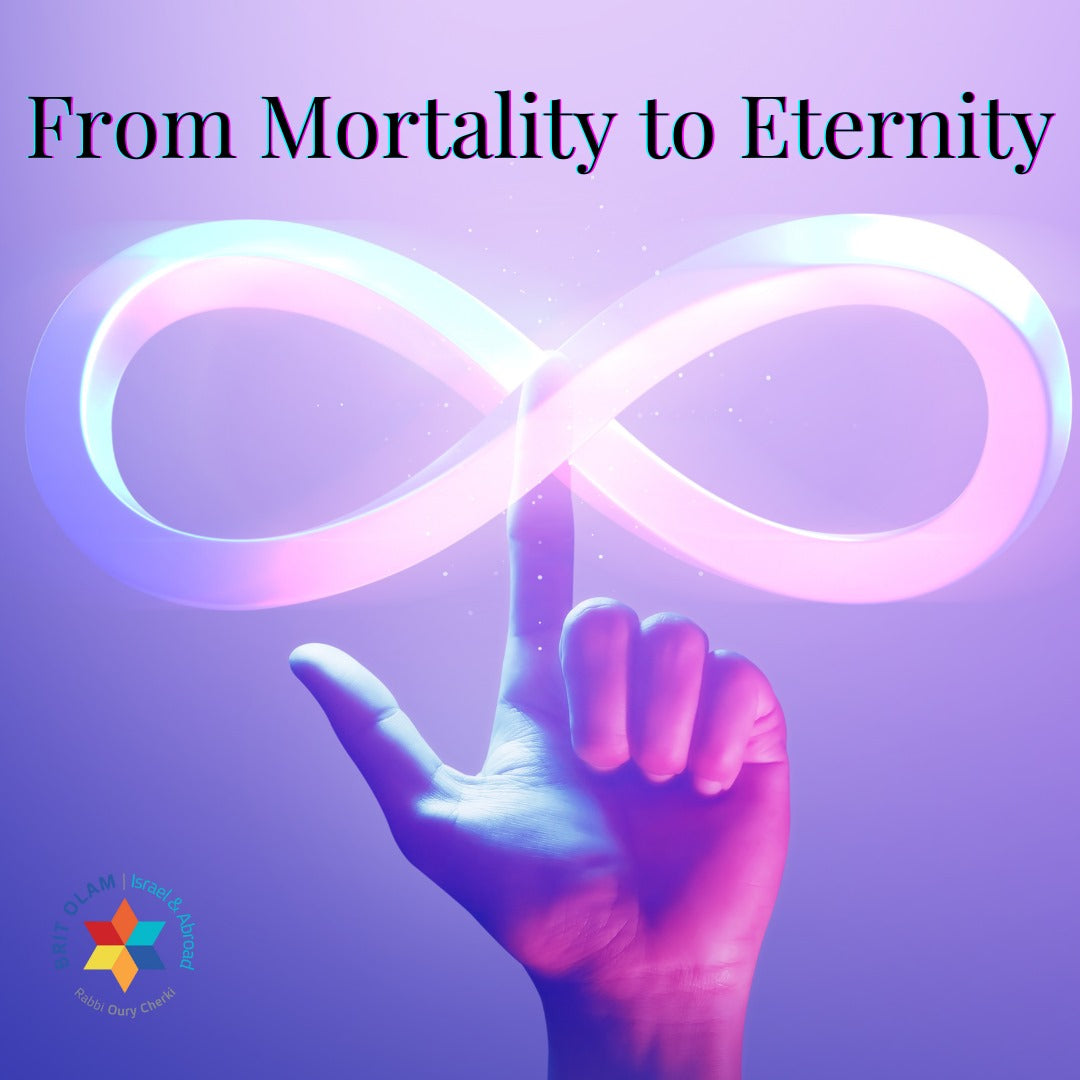In contrast to the Book of Genesis, which tells the story of the formation of the people of Israel, the Book of Exodus describes the manifestation of the Divine Presence among the Israelites. That is, the divine presence within the nation that subsequently radiates to the entire world. Thus, this book (Exodus) concludes with the portion of Pekudei, depicting the inspiration of the Divine Presence in the Tabernacle. Which Tabernacle is being referred to? It is the portable Tabernacle, the "Mishkan," as the Israelites were still in the desert and had not yet reached Jerusalem.
The question arises: How do we proceed from here? Here, we have a surprise in the chronological order of the Torah: We have two parallel books: the Book of Leviticus and the Book of Numbers.
The Book of Leviticus takes place immediately after the inspiration of the Divine Presence in the portion of Pekudei in the Tabernacle. The entire Book of Leviticus occurs at the foot of Mount Sinai, with the Israelites not moving. Meanwhile, the Book of Numbers is a book of the Israelites' constant movement through the desert. Although chronologically, these two books are parallel to each other.
How can we truly understand this? At the end of our portion - the portion of Pekudei, there is a description of the Tabernacle where it is written: "And the cloud covered the Tent of Meeting, and the glory of the Lord filled the Mishkan, and Moses could not enter the Tent of Meeting because the cloud rested upon it and the glory of the Lord filled the Mishkan (i.e., Tabernacle)." This situation is one of permanence; the glory of the Lord filling the Tabernacle is- fire. The cloud covering the Tabernacle is- water.
So, the verse mentioned in the previous paragraph is the prelude to the Book of Leviticus. After the Divine Presence dwells, the Holy One, blessed be He, calls Moses into the Tabernacle and gives him the laws of the sacrifices. But, immediately afterward, it is said, "When the cloud rose up from over the Mishkan, the children of Israel set out in all their journeys." This is the prelude to the Book of Numbers. "But if the cloud did not rise up, they did not set out until the day that it rose. For the cloud of the Lord was upon the Mishkan by day, and there was fire within it at night, before the eyes of the entire house of Israel in all their journeys." Before the eyes of all Israel? This reminds us of the last verse in the Torah, which also ends with the words "before the eyes of all Israel."
So, if so, it would have been possible to end the Torah there. But the Torah adds two more words, "before the eyes of all the house of Israel in all their journeys," that is, the Tabernacle was made in the desert temporarily, not in its final place. Therefore, it still needs to travel. True, the Divine Presence served in the Tabernacle, but - it needs to be transferred to the land of Israel, and because of this need, there is a further continuation in the Torah through the books - Leviticus, Numbers, and Deuteronomy until they reach rest and inheritance.



